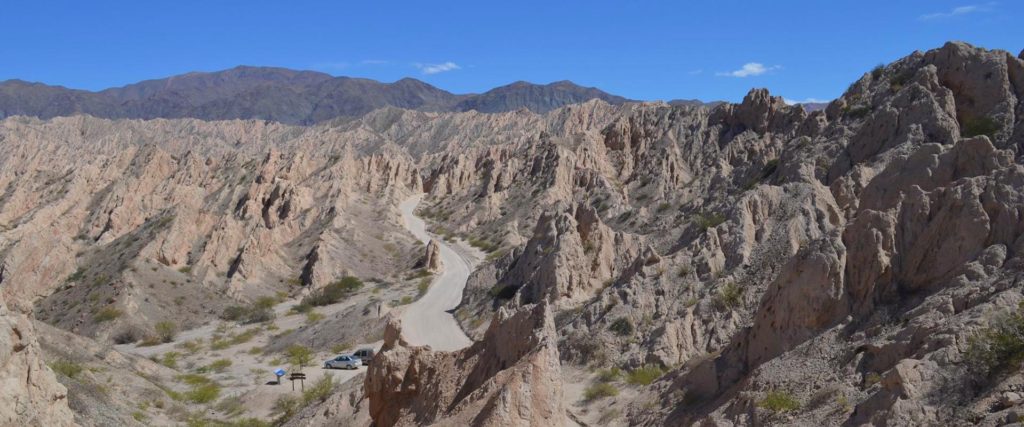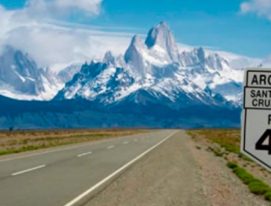From Mendoza to Jujuy, Ruta Nacional 40 takes you on a tour packed full of the charm and color of the north of Argentina. The route has so many attractions to offer that it’s hard to choose just twenty but we’ve made a big effort and here present part two of the TOP 20 essential stops on Ruta 40.
Having journeyed along our iconic road from Santa Cruz to Cuyo, Sonia Renison and Juan Pablo Armenio, our two renowned travel writers, lead us north to the end of the trail at La Quiaca.
Sonia’s recommendations always deserve special attention: she’s spent twenty years gathering stories on her annual trips along RN 40.
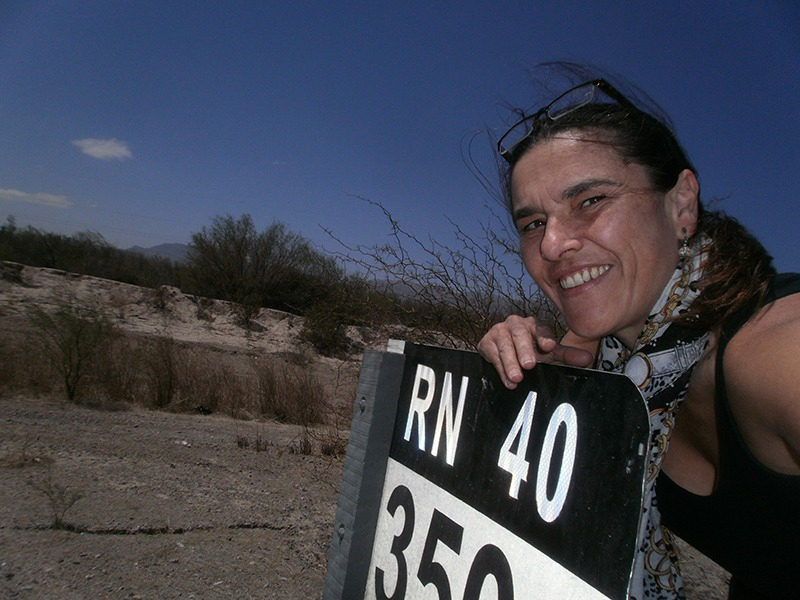
Her experiences inspired her to publish a book, Ruta 40, featuring photography by Alejandro Guyot, and she also regularly updates the blog www.blogruta40.com.ar
Juan, meanwhile, spent four months in 2015 exploring the 11 provinces of Ruta 40 from south to north along with his family.
He published a detailed account of his trip in the book 40 excusas para recorrer la Ruta 40 (40 reasons to travel Ruta 40), and now stays up to date with new developments at the page https://www.facebook.com/travesiaruta40)
Here they share part two of their list of essential stops on Ruta 40.
TOP 20 essential stops on Ruta 40: from Cuyo to the North
11. San José de Jáchal, San Juan. “Surrounded by vineyards and olive groves, this town to the north of the province keeps its traditions, culture and history alive. Try the blond quince jelly, the local specialty,” says Sonia.
12. Cuesta de Miranda, La Rioja. “This is a trail by the side of the road that runs along the sheer cliff faces of the Miranda river ravine before crossing the valley between the Famatina and Sañogasta sierras”, reports Juan.
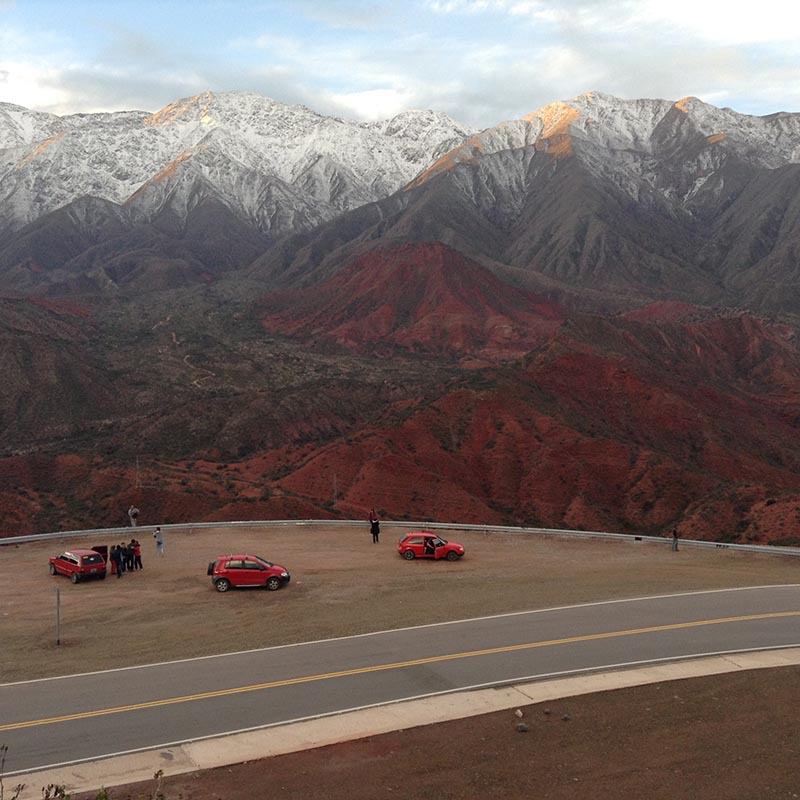
“Here, RN 40 snakes alongside the river and the mountains, with over 300 curves. The surrounding landscape is unique with the reds and greens offering a taste of what you’ll find in the Talampaya formation, which was recently declared a National Park,” says Sonia.
13. Pucará de Hualco, San Blas de los Sauces, La Rioja. “This is an archaeological site with several settlements that have been occupied for over two millennia. The view of the sunset from the Pucará mountain is extraordinary,” Juan says enthusiastically.
14. Santa María, Catamarca. “The 40 joins up with the Ruta del Telar, along which you’ll find around fifty local crafts stands and establishments. Try to get to Santa María de Yokavil, the Provincial Capital of Archaeology, on June 21 to celebrate Inti Raymi, where hundreds of youths re-enact the last sun festival before the Spanish arrived,” recommends Sonia.
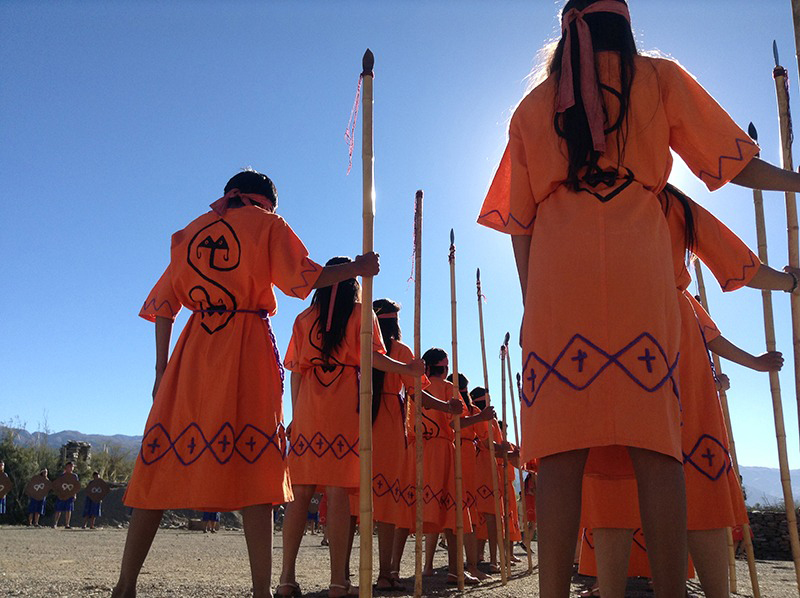
15. Shincal de Quimivil, Londres, Catamarca. “This is a National Historical Monument of Inca ruins. Across a surface area of 23 hectares, there are over 100 buildings; it was the capital of an Inca Province, the closest thing you’ll find to Machu Pichu in Argentina,” Juan explains.
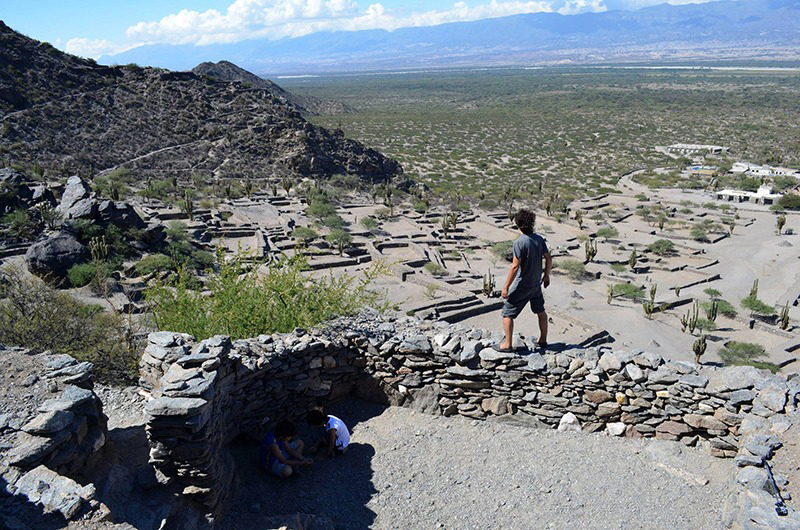
16. Ruinas de los Quilmes or Ciudad Sagrada de los Quilmes, Tucumán. “The indigenous people who lived in this town were tragically wiped out during the Calchaquí Wars,” Juan tells us. “Its inhabitants were forced out and forgotten for centuries. Today it offers a wonderful idea of life in pre-Columbian times.”
17. Tiu Punco, Tucumán. “The Argentine western ‘Aballay’ was filmed in this desert close to Amaicha del Valle. Here visitors will know the true meaning of silence,” whispers Sonia.
18. Quebrada de las flechas, Salta. “A lunar landscape in the heart of the Calchaquí Valleys, with weird-looking rock formations that tower 50 meters into the sky. Today, they have received protected status as the Angastacon National Monument. Driving along with these walls of stone on either side is an amazing experience,” says Juan.
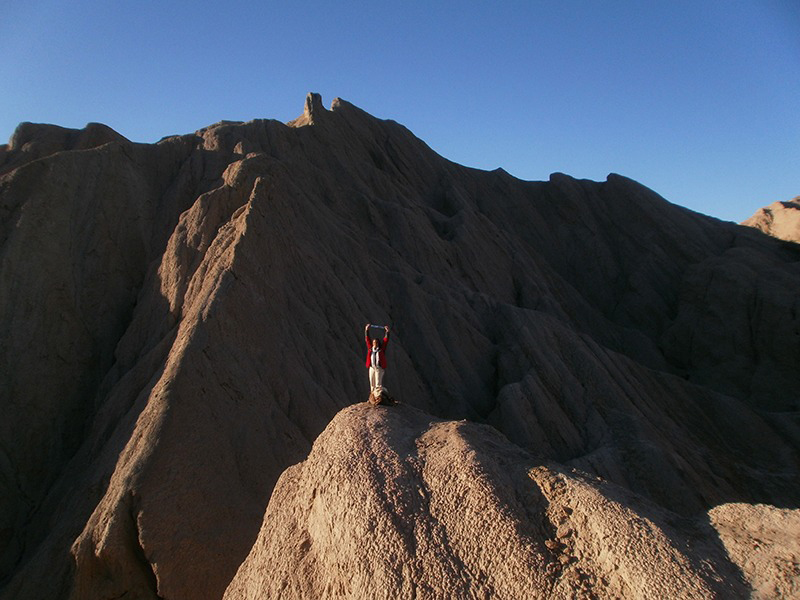
19. Payogasta, Salta. “Here Ruta 40 goes right through the center of town. It’s the ideal place to see the grinding of peppers into paprika in autumn having been dried in the sun on the mountainsides. It makes for incredible photographs.”
“It’s also,” adds Sonia, “the perfect place to learn the story of the National Gaucho Hero Martín Miguel de Güemes.”
20. Cienaguilla, Jujuy. “Right in the heel of the boot formed by the province’s outline, Coyaguayma is special. But you also need to visit Cieneguilla, where the Kippus textile cooperative continues an ancestral tradition with their textiles,” says Sonia.
And that’s the last of our twenty essential stops on Ruta 40. But this is where your personal adventure begins: visitors can travel Ruta Nacional 40 in their own way and on their own time. Have a great trip!

